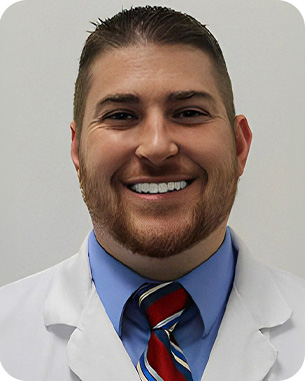The practice of dental implantology has undergone a revolutionary shift with the advent of digital workflow technologies. From the initial consultation to the final restoration, digital tools are streamlining every step of the process, improving precision, reducing treatment time, and enhancing patient outcomes. For trained dentists, integrating digital workflow into implant planning and execution is not just a trend, but a necessary evolution that can elevate your practice and set it apart in an increasingly digital world.
In this blog post, we’ll explore how digital workflows are transforming implant planning and execution, from initial diagnosis to post-operative follow-up. We’ll highlight the key technologies that are driving this change and how they’re improving clinical efficiency, patient satisfaction, and long-term success in dental implantology.
What is a Digital Workflow in Implantology?
A digital workflow refers to the use of digital technologies at each stage of the dental implant process, from diagnosis to treatment planning, surgical guides, implant placement, and prosthetic design. By using digital tools such as 3D imaging, CAD/CAM systems, intraoral scanners, and digital planning software, a dentist can plan and execute implant treatments with an unprecedented level of precision and efficiency.
The digital workflow replaces many traditional methods, which often involved manual impressions, physical models, and reliance on paper-based charts. With digital systems, everything from diagnosis to treatment is interconnected, providing a seamless, more accurate approach to implantology.
The Key Technologies Driving Digital Implant Workflows
To understand the impact of a digital workflow on implant planning and execution, it’s important to look at the key technologies that make it possible.
1. 3D Imaging and Cone Beam CT (CBCT)
One of the most significant advances in implantology is the use of 3D imaging, specifically Cone Beam Computed Tomography (CBCT), to capture detailed images of the patient’s jaw, bone density, and surrounding structures. Unlike traditional 2D X-rays, CBCT provides a comprehensive 3D view of the entire oral and maxillofacial area, which is crucial for accurate implant placement.
- Benefits: CBCT allows dentists to assess bone quality, identify vital structures (e.g., nerves and sinuses), and plan the optimal implant position. This level of detail minimizes the risk of complications and ensures implants are placed in the most favorable position for long-term success.
- Integration: The 3D scan data can be easily integrated into digital treatment planning software, allowing for virtual implant placement before surgery. This enhances predictability and minimizes surprises during the actual procedure.
2. Intraoral Scanners
Intraoral scanners have largely replaced traditional impressions in modern implantology. These digital scanning devices capture highly accurate, high-resolution images of the patient’s oral cavity in real time, providing a detailed 3D map of the teeth, gums, and soft tissues.
- Benefits: Intraoral scanning eliminates the discomfort, mess, and time associated with traditional impressions. This improves patient comfort and shortens appointment times.
- Precision: The digital impressions captured by intraoral scanners are highly accurate and can be easily shared with labs, ensuring that custom implant abutments, crowns, or bridges are fabricated with micron-level precision.
For implant cases, intraoral scanners also work in tandem with CBCT scans to ensure a comprehensive digital model, combining both soft and hard tissue data for enhanced accuracy.
3. CAD/CAM Systems
CAD/CAM (Computer-Aided Design/Computer-Aided Manufacturing) systems are revolutionizing how dental professionals design and produce restorations, abutments, and even surgical guides. CAD software allows the dentist to design the implant prosthetics on a digital model, while CAM technology is used to fabricate the designs in the dental lab or in-office using 3D printing or milling machines.
- Benefits: CAD/CAM systems provide an extremely high degree of customization, offering restorations that are tailored to each patient’s anatomy. This results in more precise, aesthetically pleasing, and longer-lasting implant restorations.
- Integration: For implantology, CAD software can design custom abutments, crowns, and bridges that match the implant perfectly, creating an ideal fit and improving both function and appearance.
For advanced cases, CAD/CAM systems can also be used to design surgical guides, which are then 3D printed to assist with the precise placement of implants during surgery.
4. Surgical Guides

Get full access to this article, many others published weekly, and a library of exclusive resources by becoming an ADI MEMBER today. Stay informed, expand your knowledge, and connect with leading professionals in dentistry.
Already a member? Login Now












